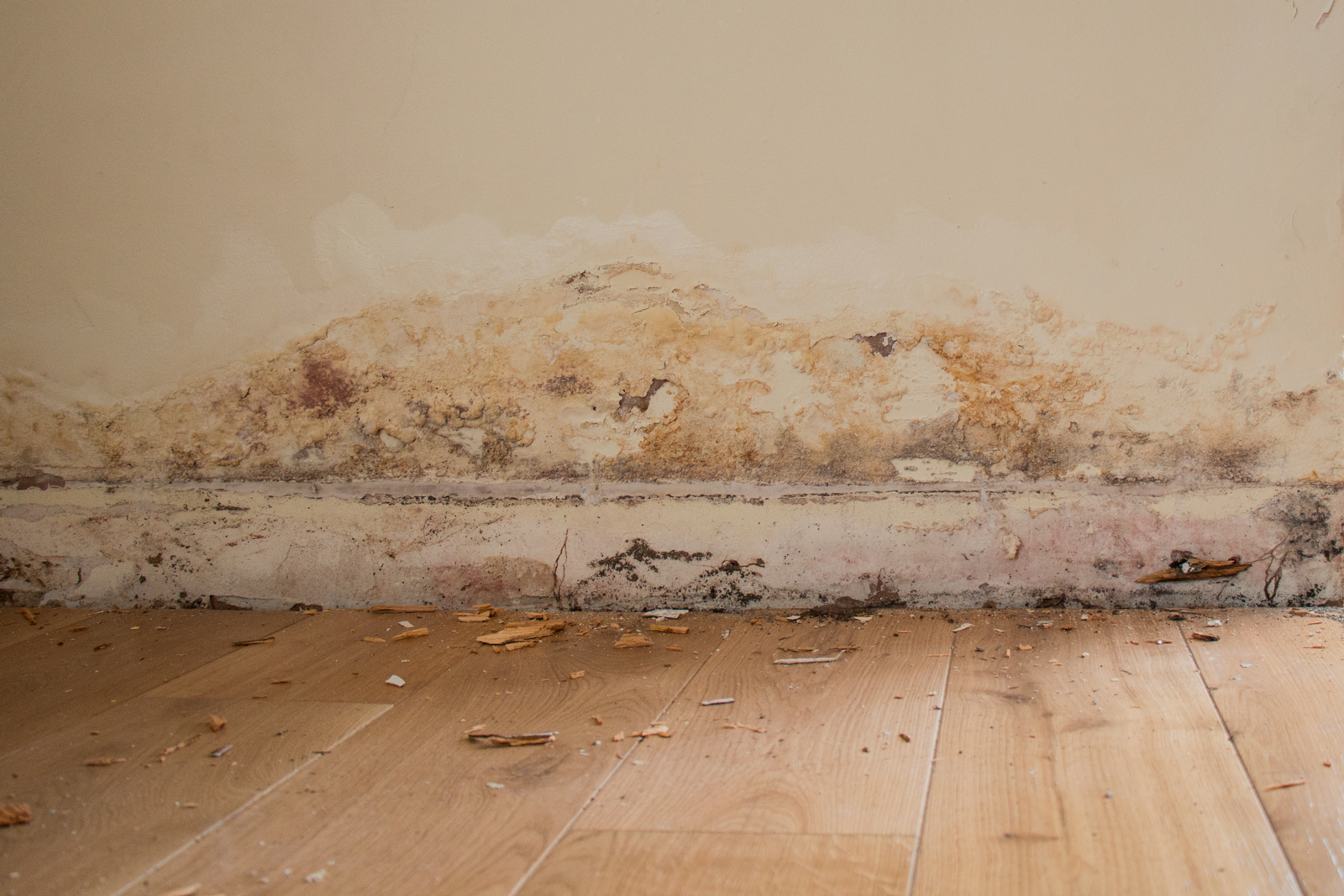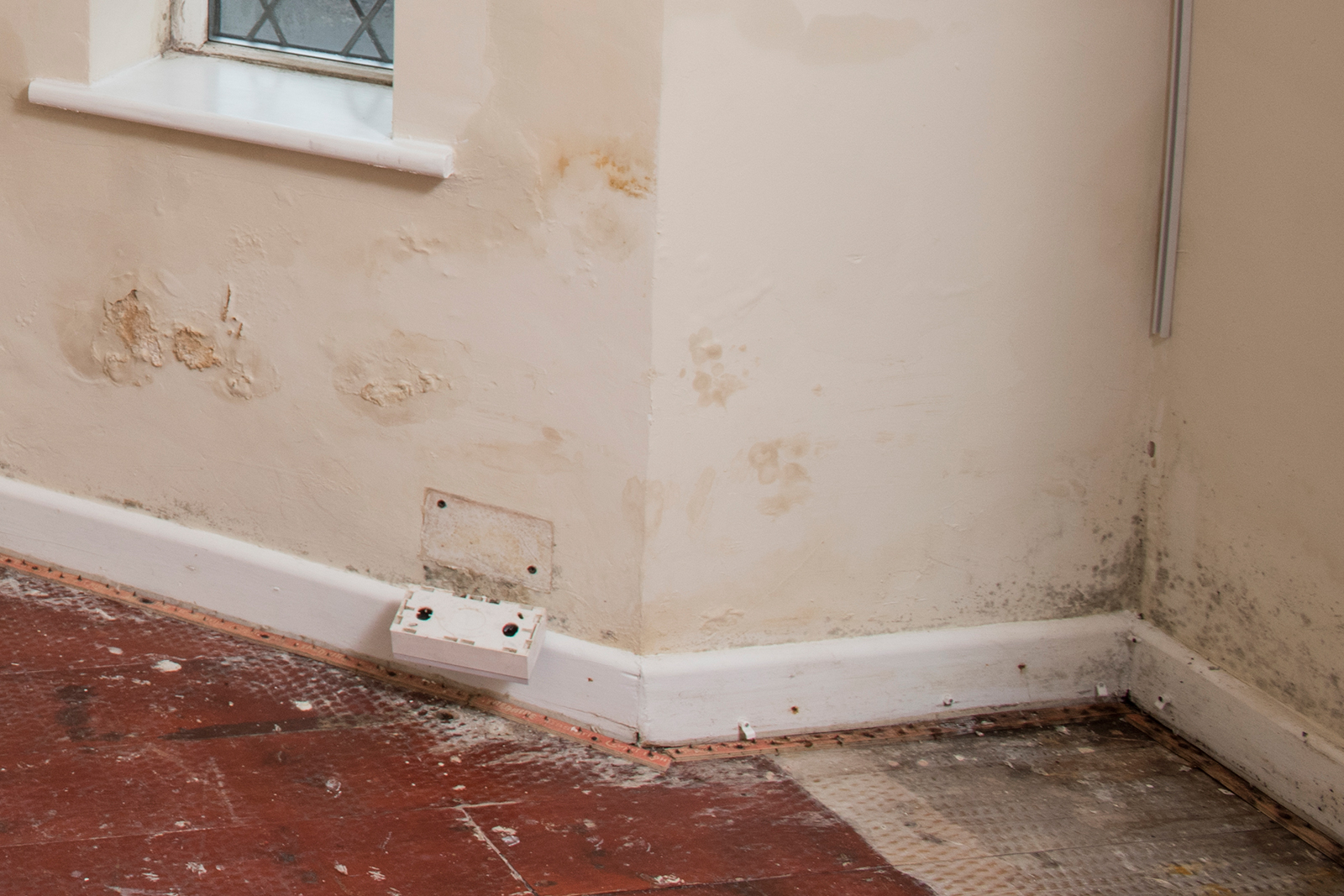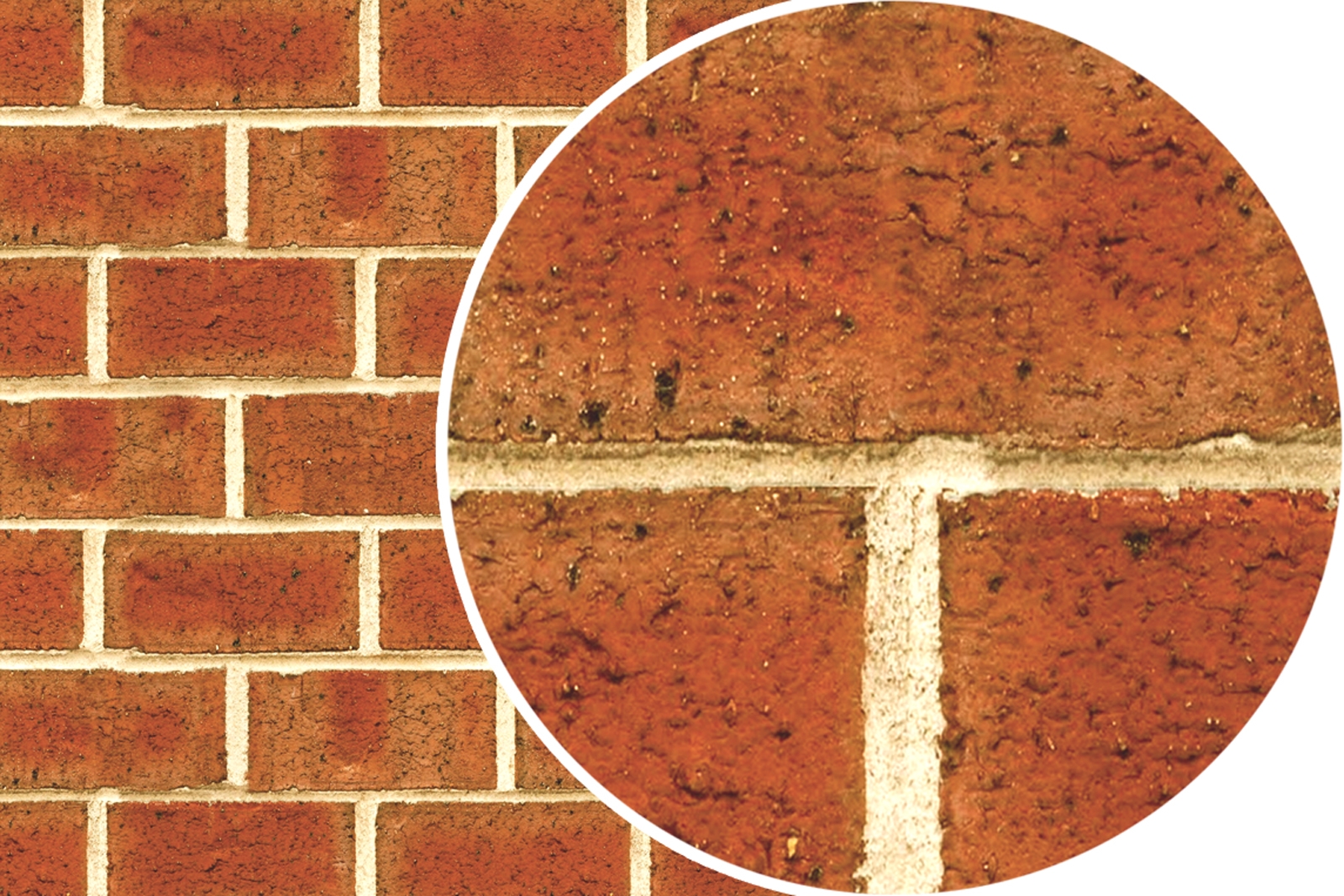Rising Damp: Causes and Treatment CPD Seminar
Seminar length: 45 to 60 minutes
Rising damp occurs in a high proportion of old buildings, where water rises up from the ground through the capillaries of bricks and mortar. Carried salts can cause damage and further damp problems.
The seminar offers a detailed insight into rising damp and the modern day treatments available. Details of the nature and causes of rising damp are given, including references to it throughout recent history and its worldwide occurrence. A thorough understanding of how rising damp operates and the related problems with hygroscopic moisture are also included. The seminar evaluates all the varying types of rising damp treatment methods available, and their individual merits and effectiveness. A review of replastering methods and their crucial role in an effective rising damp treatment completes the seminar.
Topics covered include:
Symptoms of Rising Damp

- Dampness on the lower sections of the wall
- Visible hygroscopic salts on the lower sections of the wall
- Decorative spoiling e.g. wallpaper peeling, plaster deterioration, and paint blistering.
Problems Caused by Rising Damp

Salts that have migrated from the ground into the wall can erode the fabric of the building itself, causing binders to dissolve and mortar to lose its structural integrity.
Rising damp also reduces the thermal insulation properties of the wall itself. This means that the wall becomes cold, decreasing indoor temperatures and increasing the risk of condensation. This can result in higher energy bills because more heating is required to keep the inside of the building warm.
What Causes Rising Damp?

Bricks and mortar are very porous materials, meaning that they have billions of microscopic voids through which water can travel. This means that walls act just like sponges when they come in contact with water. Salts and moisture are able to travel up through the pores in the masonry by a process loosely termed ‘capillarity’.
Methods of Rising Damp Treatment

To eliminate rising damp, a DPC must be installed and then the moisture in the wall must evaporate. Dryzone Damp-Proofing Cream and Dryrod Damp-Proofing Rods can be installed to form a chemical DPC, which will form an extremely effective barrier to rising damp.
Safeguard provides detailed guidance on the treatment of rising damp in our guide, Rising Damp & its Control.
Replastering Options

Safeguard offers two replastering systems for walls affected by damp. The first system is the Dryzone Express Replastering System, which uses plasterboard fixed to the wall with salt-inhibiting adhesive to provide maximum moisture resistance. The second system is a traditional plaster system known as Dryzone Damp-Resistant Plaster, which has excellent salt and moisture resistance and it can even be applied to damp walls.
CPD Seminar Booking Form
* Indicates required
